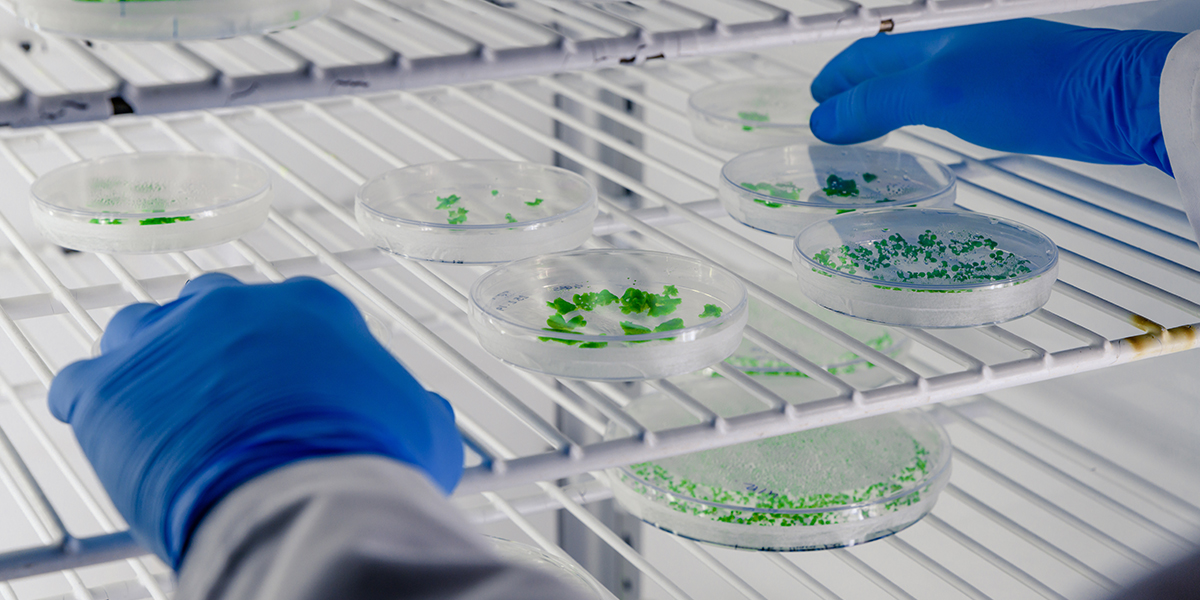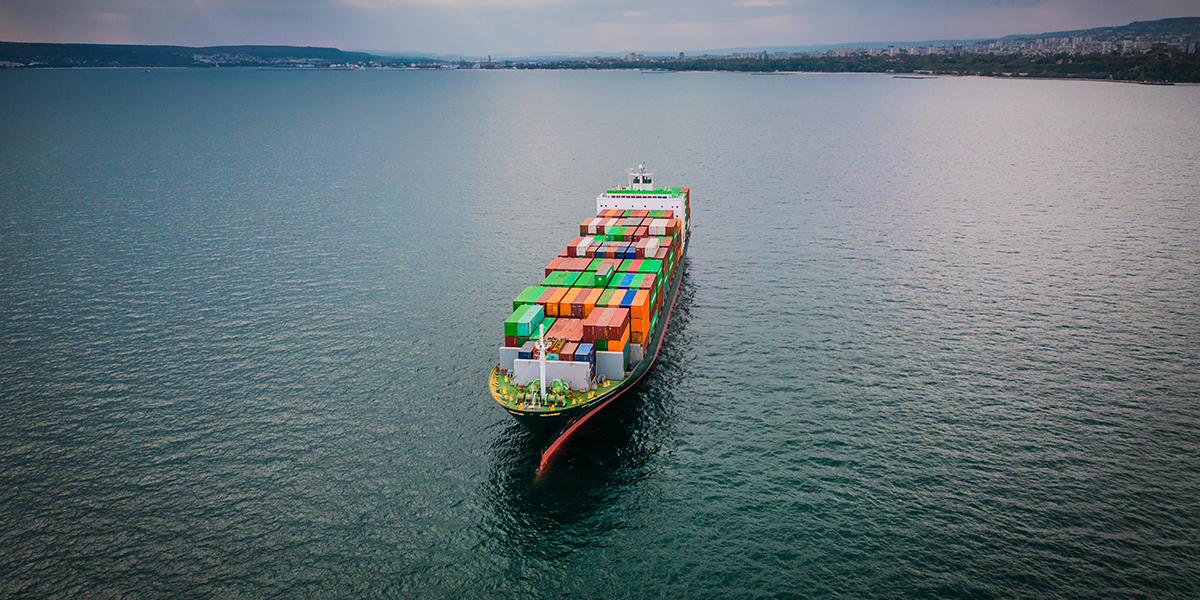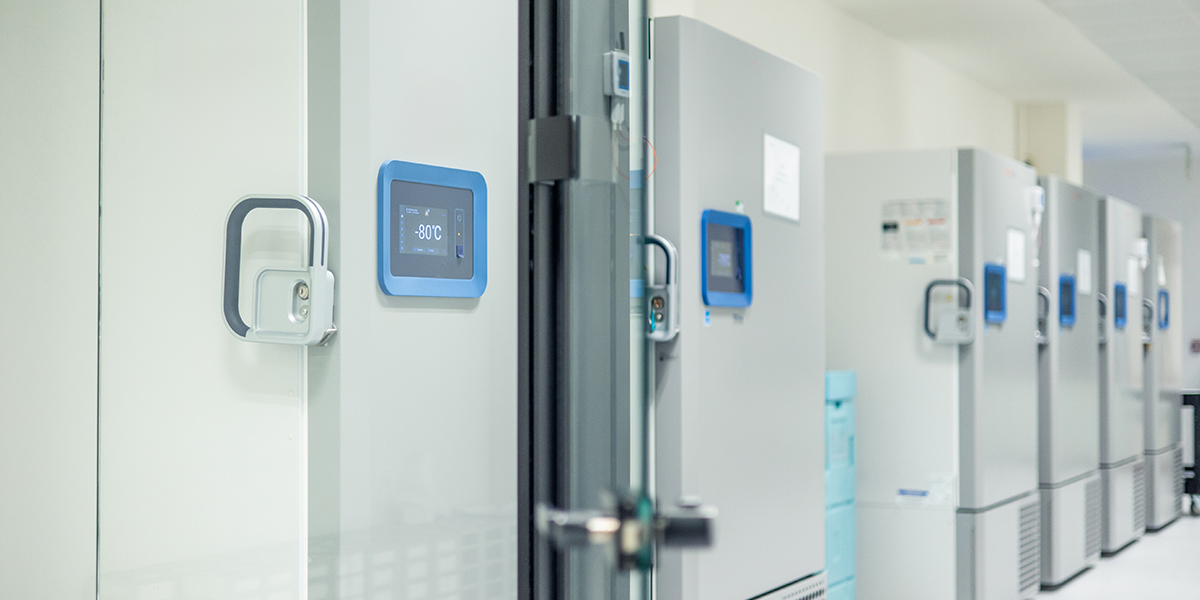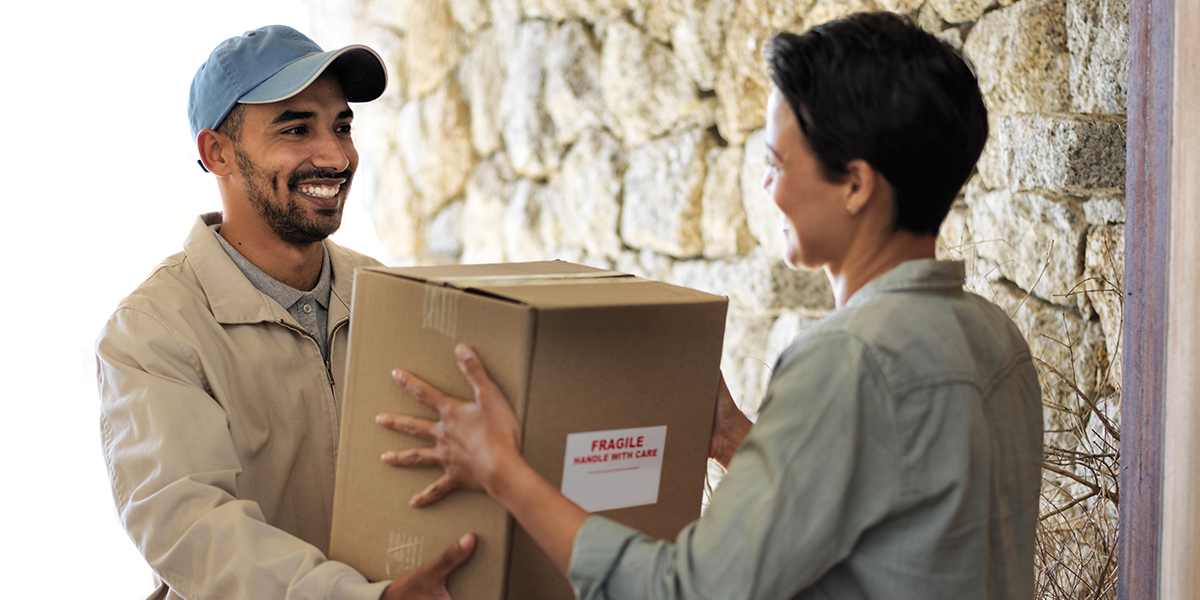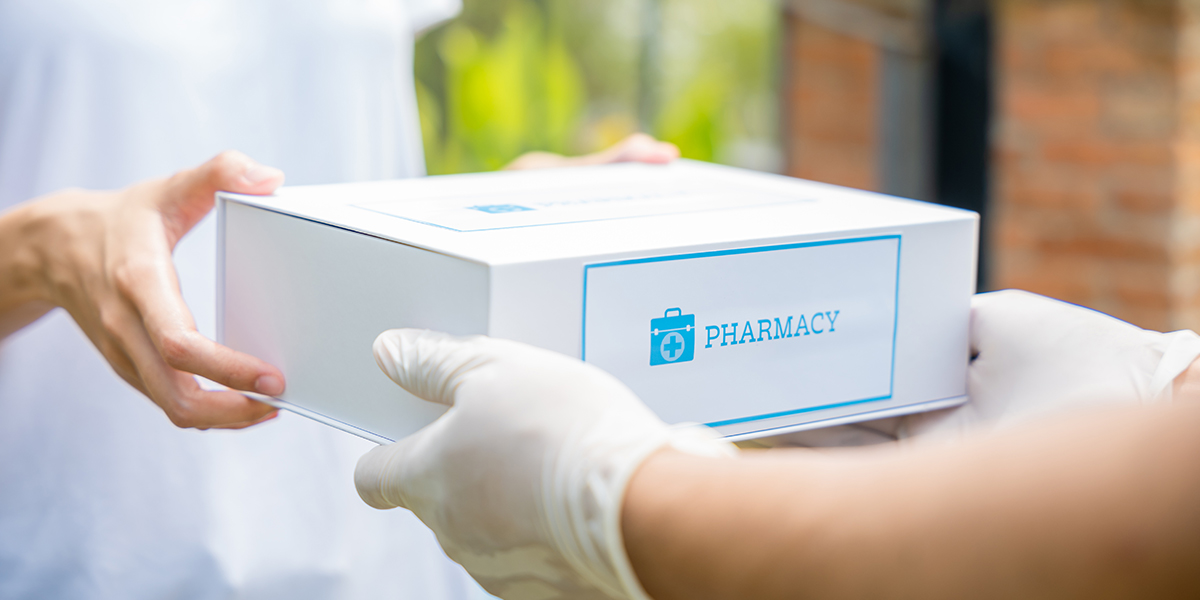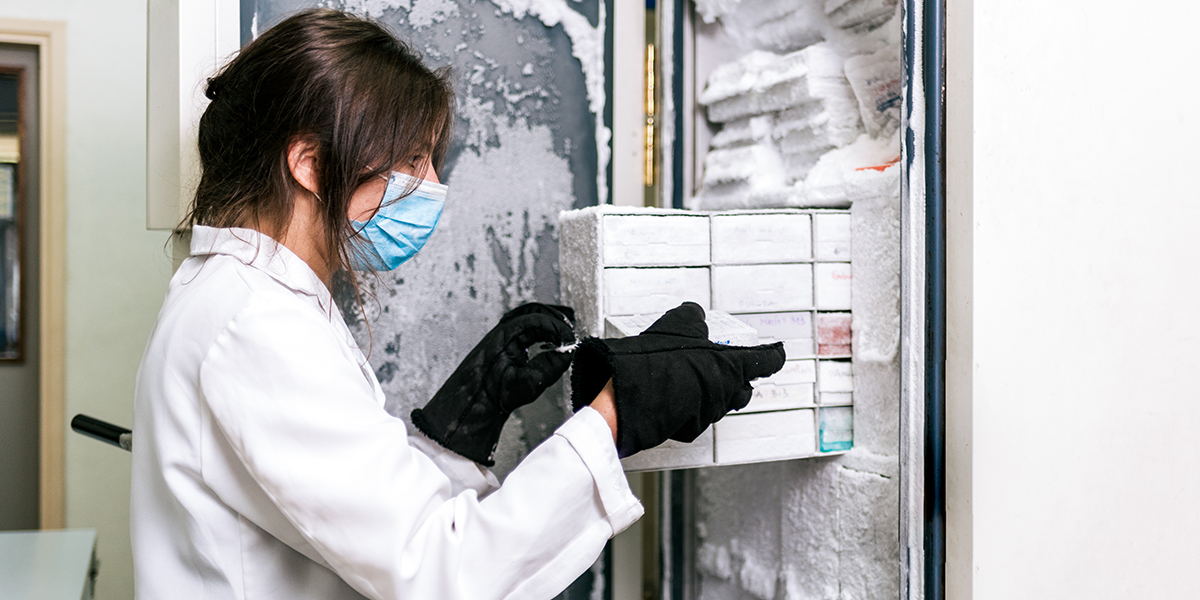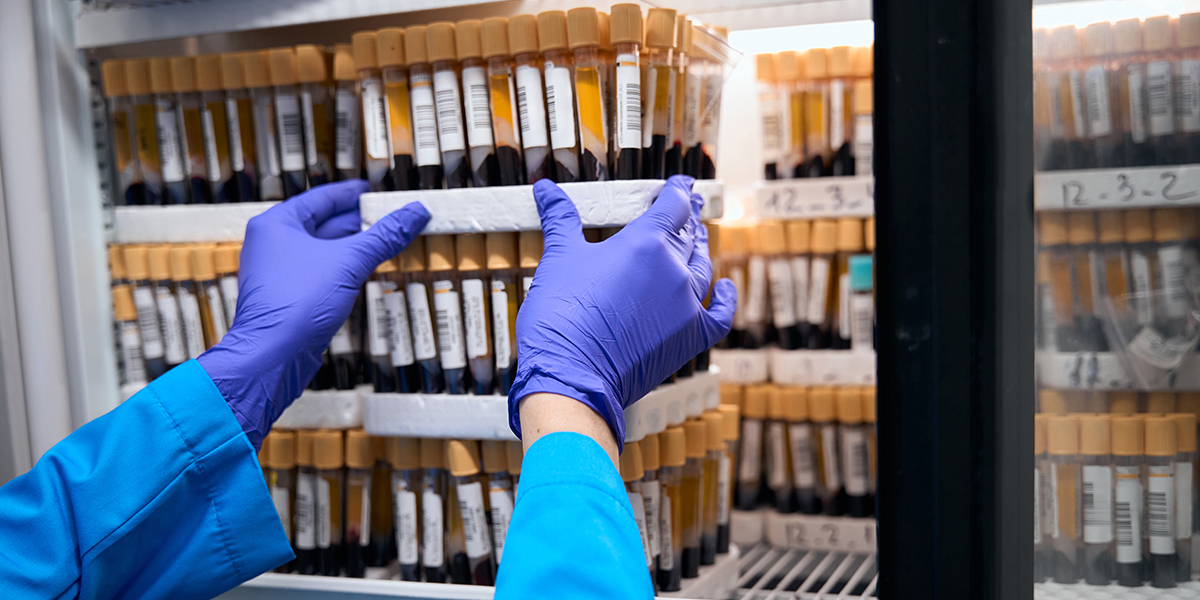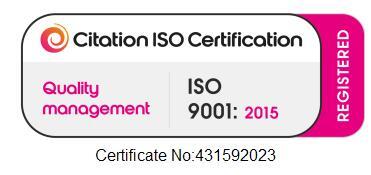Setting the Scene: Why Cold Chain Logistics Is at a Crossroads
In the pharmaceutical industry, cold chain logistics plays a vital role in preserving the integrity of temperature-sensitive products—from vaccines to biologics. However, the logistics landscape is dynamic and constantly evolving. Regulatory demands, rising fuel costs, and the push for carbon neutrality are placing increasing strain on global supply chains.
As a result, pharmaceutical manufacturers are rethinking their temperature controlled logistics strategies. Traditional reliance on active containers—mechanically powered units with refrigeration capabilities—is now being constantly challenged by ever emerging and innovative passive container solutions.
These alternatives, including next-generation options offer simplified, cost-effective, and sustainable approaches to cold chain shipping and pharmaceutical transportation.
Active Temperature-Controlled Containers Explained
Active containers are a type of climate controlled container that uses mechanical refrigeration units and built-in power sources, such as batteries or external connections, to actively manage internal temperature. These shipping containers are engineered to maintain precise temperature control throughout long-haul shipments, particularly for high-value or ultra-sensitive pharmaceuticals.
Benefits of Active Containers:
- Real-time temperature monitoring and precise environmental control
- Ideal for air cargo, international transport, and cryogenic applications
- Reusable and durable, suitable for extended cold chain transport and temperature controlled logistics
- Widely offered by major logistics providers, though availability may vary during peak demand or in remote regions
- Capable of integrating with digital systems for enhanced shipment tracking and performance analytics
Limitations of Active Containers:
- High upfront and operational costs
- Heavier weight increases fuel usage in refrigerated freight
- Require infrastructure for recharging and specialised ground handling
- May be less space-efficient due to larger container footprints, reducing available payload per shipment
- Can be harder to scale for high-volume shipments because of limited unit availability during peak demand
While effective, these temperature-controlled containers are not always the most efficient solution—especially in regions with limited infrastructure or for large-volume pharmaceutical logistics.
Passive Packaging Innovation: Offering more Cold Chain Simplicity
Passive containers, unlike active systems, do not rely on mechanical power. Instead, they rely on advanced insulation and special materials—similar to high-performance ice packs—that absorb or release heat to keep the temperature stable inside the container for several days, without needing any power.
Modern passive containers represent an evolving class of temperature controlled packaging—designed to offer power-free, reliable solutions for maintaining product safety in transit. Their pallet-sized formats make them a practical choice for large-scale shipments, offering long-duration protection suitable for both domestic and international cold chain logistics.
Key Advantages of Modern Passive Packaging Solutions:
- Keeps contents at the right temperature for several days without needing electricity, helping protect sensitive products across different shipping routes
- Lightweight and easy to handle, which reduces the hassle of lifting, loading, and unloading during transport
- Costs less per shipment and creates fewer carbon emissions than active powered containers, making it a more eco-friendly choice for pharmaceutical transportation and refrigerated freight
- Works without external power, which is especially helpful in remote areas or locations without access to recharging stations
- Simple to set up and use, so staff need minimal training—making it easier to use across teams and locations
As demand for green logistics rises, passive systems provide a compelling alternative, particularly for high-volume or regional cold chain shipping.
Head-to-Head: Comparing Active and Passive Containers
When selecting cold chain packaging, understanding the trade-offs between active and passive options is essential. Here’s how they stack up:
Temperature Range and Control:
- Active containers excel at ultra-low temperature and real-time adjustment
- Passive containers maintain specific temperature ranges (e.g., 2–8°C, 15–25°C) reliably over shorter durations
Cost Efficiency:
- Active units require ongoing power, maintenance, and leasing fees
- Passive systems offer lower cost-per-shipment, ideal for pharmaceutical logistics and temperature controlled logistics with tighter margins
Sustainability and Environmental Impact:
- Active units contribute to higher carbon emissions
- Passive solutions align with Environmental, Social, and Governance (ESG) goals through reduced fuel use and emissions
Infrastructure and Handling:
- Active containers depend on specialised airport handling and recharging stations
- Passive containers integrate easily into existing cold storage facilities and temperature-controlled storage environments
Monitoring:
- Active systems support real-time visibility and alerts
- Passive solutions rely on validated internal data logging for post-shipment verification
Choosing the Right Container: A Practical Decision-Making Framework
Not all cold chain supply needs are the same. Choosing between active and passive containers depends on multiple factors:
Best Use Cases for Active Containers:
- Ultra-frozen or cryogenic biologics such as cell and gene therapy materials requiring temperatures as low as -70°C
- Clinical trials that demand real-time temperature monitoring and excursion alerts to maintain regulatory compliance
- Long-haul or international shipments with multiple handovers or extended transit times
- High-value, low-volume specialty pharmaceuticals where the shipment cost is justified by the cargo value
- Routes with unreliable infrastructure or environmental exposure where consistent active control is critical
Best Use Cases for Passive Containers:
- Commercial distribution of temperature-sensitive vaccines or solid-dose medications across stable, regional routes
- Domestic delivery of CRT (controlled room temperature) or refrigerated products within validated transit times (e.g. 72–120 hours)
- Cold chain lanes with strong infrastructure, reliable handovers, and minimal risk of delays
- Secondary packaging or final-mile delivery, where simplicity and agility are more important than continuous monitoring
- Sustainability-driven shipments where reduced emissions and non-powered solutions are preferred
How CoolReach Supports Your Decision:
CoolReach Logistics partners with clients to assess their cold chain requirements and choose the best-fit packaging solution.
Our service includes:
- Product profiling and temperature range validation
- Lane risk assessments and cost modelling
- Compliance consultation and regulatory alignment
- Access to a trusted network of tested passive containers, refrigerated containers, and cold storage solutions
Looking Forward: The Future of Cold Chain Logistics
As the logistics industry evolves, passive packaging is poised to play a greater role. Not because it replaces active systems entirely, but because it complements them in a hybrid, optimised supply chain strategy.
Future-focused cold chain logistics will involve:
- Smarter segmentation: matching container types to product risk and route complexity
- Increased investment in cold chain equipment and temperature controlled freight innovation
- Expanded use of climate controlled containers with sustainable materials and enhanced visibility
At CoolReach Logistics, we help clients design scalable, efficient, and compliant cold chain solutions tailored to their operational goals.
Contact CoolReach today to explore how passive and active containers can work together to optimise your temperature-sensitive shipments—and future-proof your pharmaceutical or clinical trial supply chain.
